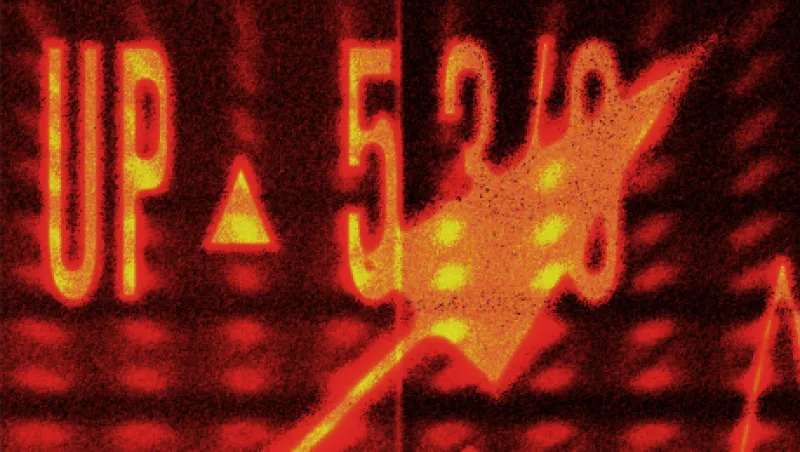Mergers and acquisitions activity has soared in recent years, and 2015 deal volume has already set a full-year record. But will the recent volatility in financial markets curb the M&A juggernaut?
The answers to that question run the gamut, with some of those involved in the business saying that market volatility will have little impact on M&A activity, others predicting that it will depress activity and yet others insisting that it will have a stimulative effect.
Those who maintain that volatility will have little effect say companies need to execute deals to boost earnings and that they still have the wherewithal to do deals. Those who believe volatility will limit transactions think it will make potential acquirers reluctant to meet sellers’ price demands. And those who anticipate volatility sparking deal activity say turmoil will depress prices of target companies, making them more attractive to buyers.
Deal volume has totaled $1.669 trillion so far this year, topping the previous full-year high of $1.563 trillion in 1999, according to Dealogic. Volume registered $1.555 trillion last year.
In terms of volatility, the Standard & Poor’s 500 index plunged 11 percent from August 17 to August 25, soared 6 percent in the next three days, and has since bounced up and down in a wide range. In the bond market, the ten-year Treasury yield dropped from 2.2 percent on August 18 to 2 percent on August 24 and rebounded to 2.3 percent on September 16, before slipping back to 2.15 percent.
Mark Van Lith, head of investment banking for Guggenheim Securities in New York, is one who maintains that market volatility likely won’t mean much for M&A. “Recent volatility hasn’t created any meaningful dampening effect,” he says. Deal volume totaled $142.6 billion from August 17 to September 17.
“Companies are responding to significant secular changes in their sectors and seeking growth, which is hard to come by, given the economic environment of recent years,” Van Lith says. The economy has grown only about 2.1 percent annualized since the recession ended in 2009. And S&P 500 earnings slipped 0.7 percent in the second quarter. “In mature sectors, companies are seeking to create value through economies of scale. We expect these factors to continue to drive M&A activity,” he says.
Acquirers have plenty of financial ammunition, Van Lith and others say. “A lot of buyers have cash sloshing on their balance sheets,” says John Laughlin, head of M&A for Wells Fargo Securities in Charlotte, North Carolina. “They have unprecedented levels of cash earning virtually nothing. There’s pressure to put that cash to work.” As of December 31, U.S. nonfinancial companies sat on a whopping $1.73 trillion of cash, according to Moody’s Investors Service.
In addition, companies can still utilize debt to finance acquisitions. Issuance remains high in the investment-grade bond market, and volatility hasn’t put a major dent in the high-yield bond and leveraged-loan markets.
Meanwhile, the source of the financial markets’ volatility makes it less damaging to M&A, Laughlin says. Extended volatility in the past has come from domestic factors, which had a chilling effect on M&A. But this time around it’s coming from China, Laughlin notes. And whereas investors initially panicked about the impact of China’s economic woes on the U.S., exports to China account for less than 1 percent of U.S. gross domestic product, and only 16 S&P 500 companies earn at least 10 percent of their revenue from China, according to Wells Fargo.
As for the pessimists, Brian Thom, Société Générale’s head of corporate finance for the Americas in New York, says, “A volatile market makes a meeting of the minds over price more difficult for buyers and sellers.” The uncertainty on everything from commodity prices to corporate growth prospects “leads to dislocation on valuations,” he says. “I think we will see a drop-off of activity as a result.” To be sure, Thom doesn’t foresee a dampening effect across the board. Companies reliant on trade and emerging markets, such as those in the base-materials industry, may find it hard to complete deals, he says. But companies driven by domestic and developed-markets demand, such as those in the consumer industry, may continue to enjoy strong deal flow.
Scott Kim, director of research for merger arbitrage at New York–based Kellner Capital, an alternative-investment manager, is one of the optimists on M&A. “The volatility creates opportunities for strategic buyers and financial buyers sidelined by high valuations,” he says. In other words, acquisitive companies will be hunting for bargains. “That will be positive for M&A,” he says. And Kim doesn’t think target companies will be deterred by falling valuations. “Shareholders will sacrifice long-term valuations for near-term certainty.”
The volatility may spur private equity firms to go hunting for deals. “Financial sponsors still have substantial firepower,” Van Lith says. And volatility may create a chance for them to use it, he and others say.
The impact of financial market volatility on M&A does appear to depend on where you sit.







